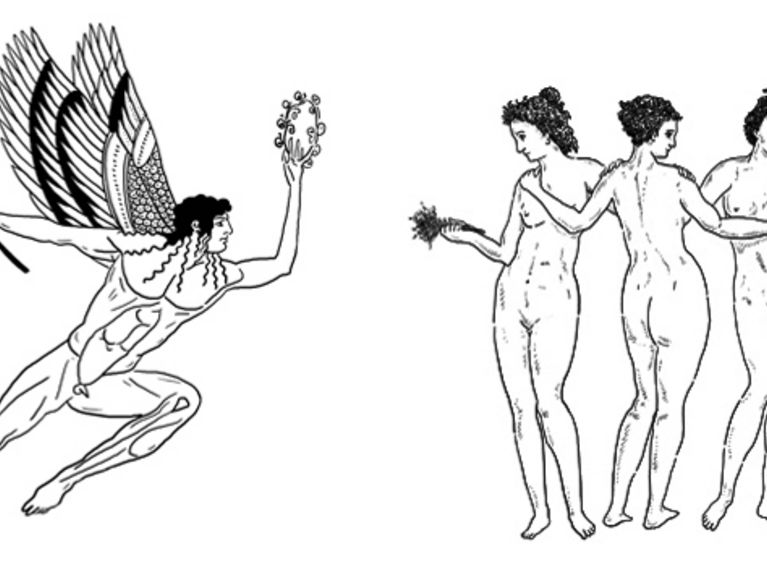JUNQ – Unsolved questions
Mirror, mirror on the wall ...

Image: pavila/shutterstock
When you are looking for a partner, you want to be pleasing – and you think you know what makes you attractive to others. Really? British neurologists looked into this issue. A report from the Journal of Unsolved Questions (JUnQ)
Strong biceps in a man or hourglass figure and big bosom in a woman: are these really the attributes making us attractive to others? Male and female students have for a study created 3D computer models of what in their opinion is the ideal female and male body. To avoid an influence from the basic model, the study participants first had to complete the task starting with an underweight and an overweight basic model, respectively. The researchers then compared these dream body creations on the basis of objective criteria. To this end, they have determined the ratio of waist to hip and chest and the relation of height and weight (body mass index, BMI).
The result of the study: women and men have similar notions about the ideal body shape of both their own and the other sex. And they have a clear picture of what the other sex finds attractive. The study participants (male and female) preferred a very curvaceous female body at the limit to being underweight. The ideal male body according to the study is slim in waist and hips and has a muscular, V-shaped upper body. Since the BMI does not take into consideration the higher weight of muscles, such a body would score overweight in a BMI assessment.
It starts to get interesting, when one compares the actual figure of study participants with their dream body. Almost all women had a higher BMI than their ideal, whereas the male group was equally divided into higher and lower BMI. And: both sexes tend to overly compensate their own ideal. Women prefer even more bust than men find attractive, and men strive for more muscles than women like. What remains open is where this overcompensation derives from and whether beauty ideals differ according to age, social status and nationality. And the perhaps most important question remains unsolved: how happy are we in striving for such an unrealistic ideal?
The result of the study: women and men have similar notions about the ideal body shape of both their own and the other sex. And they have a clear picture of what the other sex finds attractive. The study participants (male and female) preferred a very curvaceous female body at the limit to being underweight. The ideal male body according to the study is slim in waist and hips and has a muscular, V-shaped upper body. Since the BMI does not take into consideration the higher weight of muscles, such a body would score overweight in a BMI assessment.
It starts to get interesting, when one compares the actual figure of study participants with their dream body. Almost all women had a higher BMI than their ideal, whereas the male group was equally divided into higher and lower BMI. And: both sexes tend to overly compensate their own ideal. Women prefer even more bust than men find attractive, and men strive for more muscles than women like. What remains open is where this overcompensation derives from and whether beauty ideals differ according to age, social status and nationality. And the perhaps most important question remains unsolved: how happy are we in striving for such an unrealistic ideal?
Readers comments